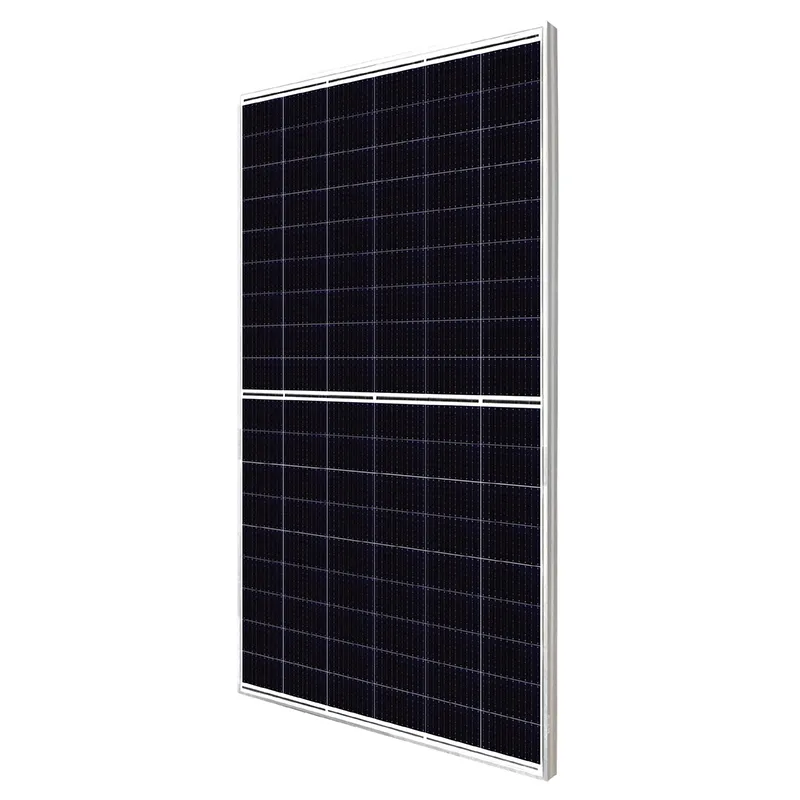Understanding Common Dimensions of Solar Panels for Efficient Installation and Use
Understanding Standard Solar Panel Size
Solar energy has emerged as one of the most viable and sustainable alternatives to traditional fossil fuels. As solar technology continues to evolve, understanding the specifications of solar panels, particularly their size, becomes crucial for homeowners and businesses looking to adopt renewable energy. In this article, we will explore the standard solar panel size, its implications for energy systems, and how it impacts installation and efficiency.
What is the Standard Solar Panel Size?
The standard size of a solar panel is typically framed around 65 inches by 39 inches (approximately 1.65 meters by 1 meter) for residential solar panels. This dimension corresponds to a panel that produces around 250 to 400 watts of electricity, depending on the technology used (monocrystalline, polycrystalline, or thin-film). While there are variations in size among different manufacturers and models, the standard serves as a general guideline for consumers. Understanding these dimensions is essential when planning solar panel installations on rooftops or properties.
Why Size Matters
1. Space Requirements The physical size of the solar panels directly influences the amount of energy they can generate. Homeowners with limited roof space must consider the size and wattage of the panels they choose. Larger panels with higher wattage can generate more electricity, potentially allowing for a smaller number of panels to meet energy needs.
2. Energy Production The capacity of solar panels to generate energy is closely tied to their dimension. Panels with greater surface area can capture more sunlight, leading to increased energy output. Therefore, understanding the size can help consumers evaluate how much energy they can expect from their solar systems.
3. Installation Considerations When it comes to installation, the standard solar panel size plays a critical role. Installers have protocols for mounting systems, which can vary based on panel dimensions. For example, larger panels may require stronger mounting systems and could necessitate additional structural support, especially in areas with heavy snow or high winds.
Implications for System Design
standard solar panel size

The size of solar panels impacts the overall design of the solar energy system. During the planning phase, homeowners and installers must consider factors such as
- Roof Orientation and Angle The panel size influences how many panels can fit on a roof and at what angle they can be installed to maximize sunlight exposure. A well-designed layout can significantly enhance efficiency and energy production.
- Inverter Sizing The inverter converts DC electricity generated by the panels into AC electricity for home use. Knowing the size and wattage of the panels helps in selecting the right inverter, ensuring it can handle the system's output effectively.
- Performance Efficiency Larger panels might have a different efficiency rate compared to their smaller counterparts. High-efficiency panels are often preferred, despite their size, because they can produce more power in less space.
Trends in Solar Panel Size
As technology progresses, solar panel sizes are evolving. Manufacturers are constantly innovating to produce panels with higher efficiencies and smaller footprints. Some projects are moving towards even larger panels for commercial purposes, stretching up to 80 inches by 40 inches. However, the trend for residential solutions still tends to center around the standard sizes that fit most rooftops.
Conclusion
In summary, the standard solar panel size plays a vital role in the solar energy ecosystem. It affects space requirements, energy production, and installation design, making it crucial for prospective solar users to understand these dimensions. As solar technology continues to advance, awareness of panel size will help individuals make informed decisions about their solar investments. By choosing the right size, consumers can maximize their energy output and contribute to a more sustainable future.
-
String Solar Inverter: The High-Efficiency Solution for Smart Solar EnergyNewsJul.14,2025
-
Revolutionizing Rooftop Energy with the Power of the Micro Solar InverterNewsJul.14,2025
-
Power Independence with Smart Off Grid Solar Inverter SolutionsNewsJul.14,2025
-
On Grid Solar Inverter: Powering the Future with Smart Grid IntegrationNewsJul.14,2025
-
Monocrystalline Solar Panels: High-Efficiency Power for the Future of Clean EnergyNewsJul.14,2025
-
Bifacial Solar Panel: A Smarter Investment for Next-Generation Energy SystemsNewsJul.14,2025







